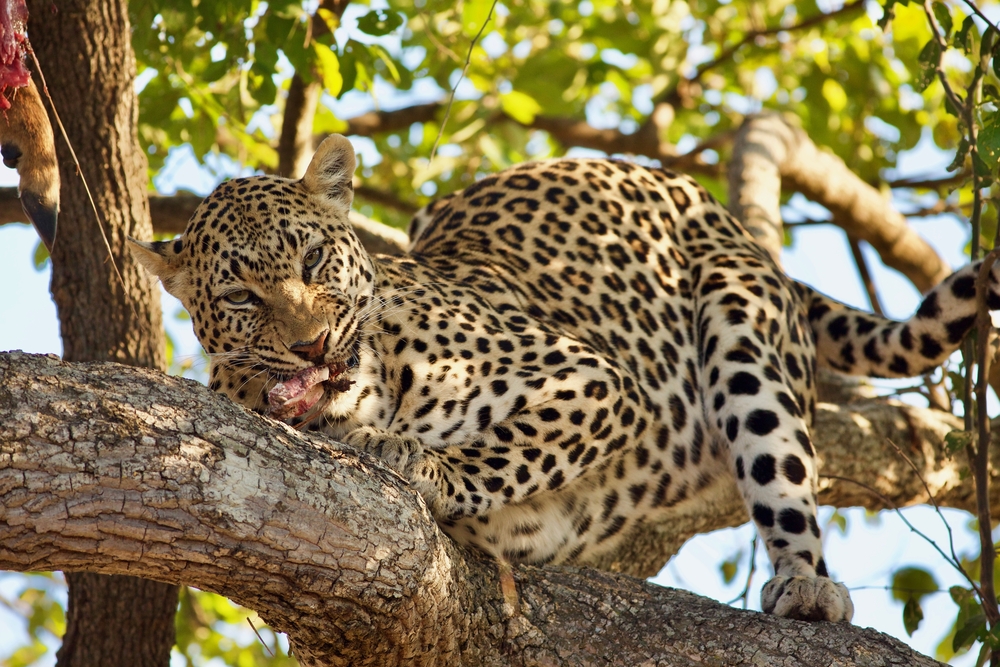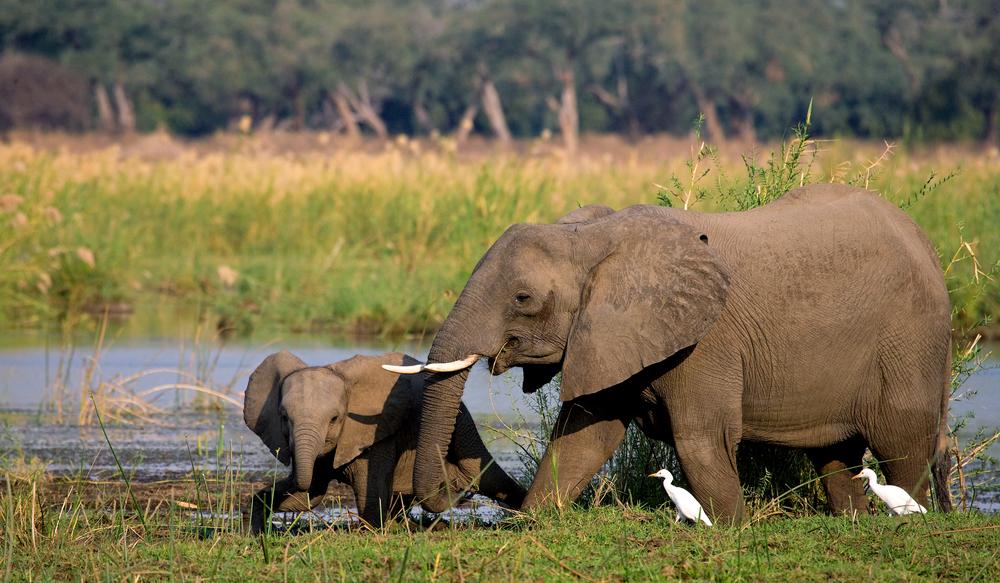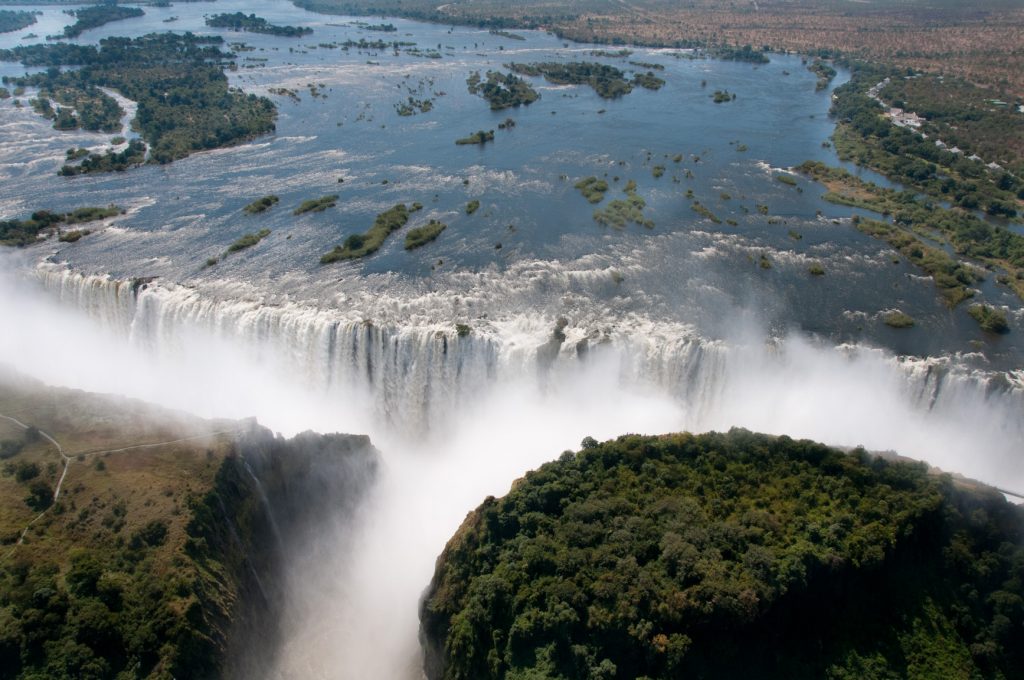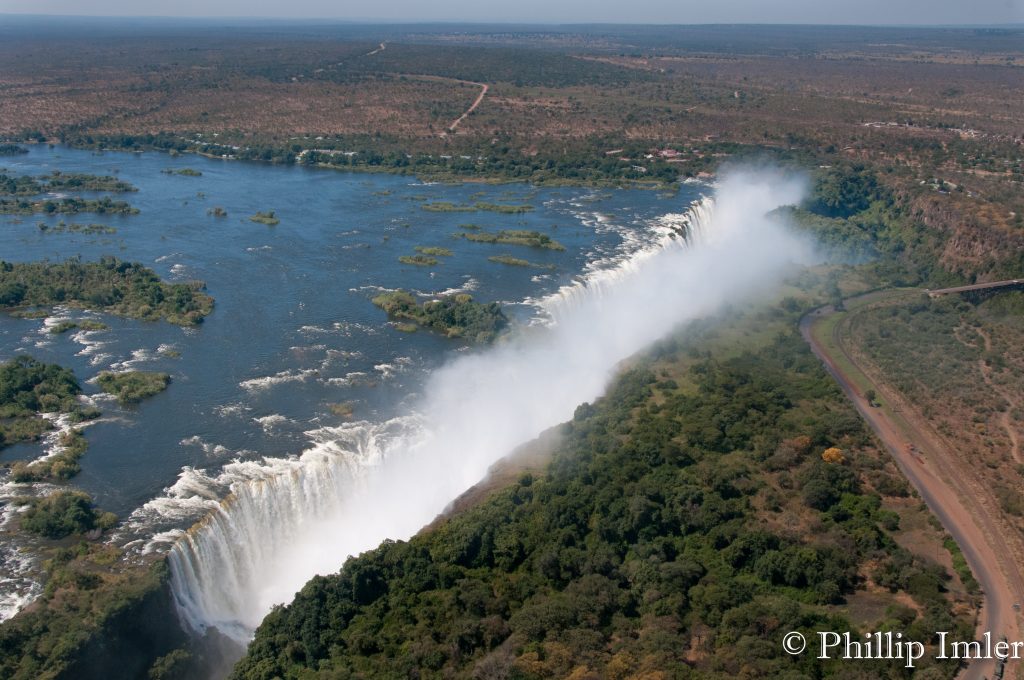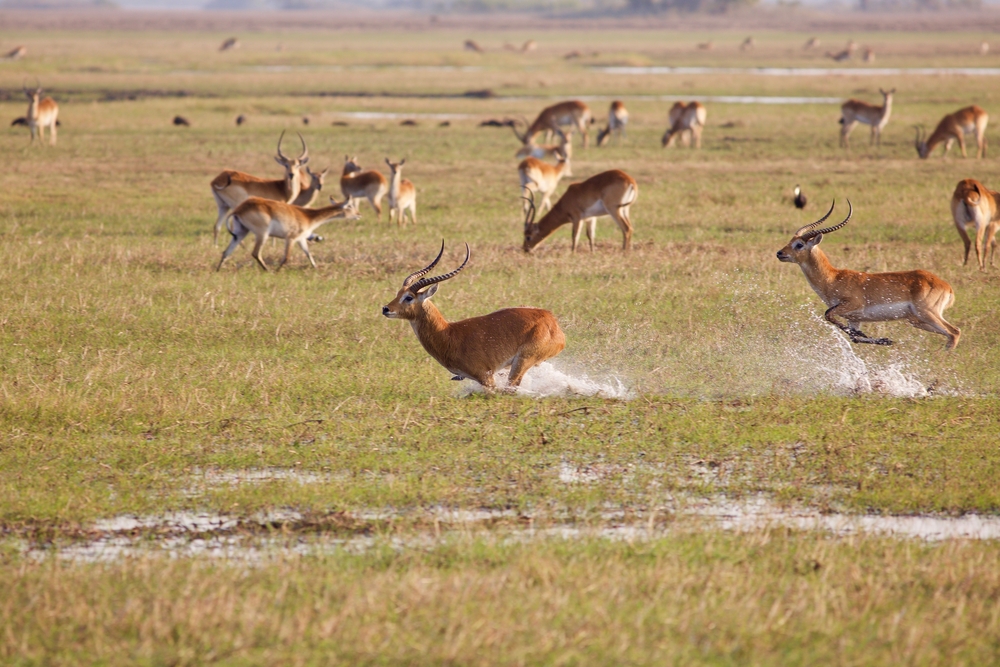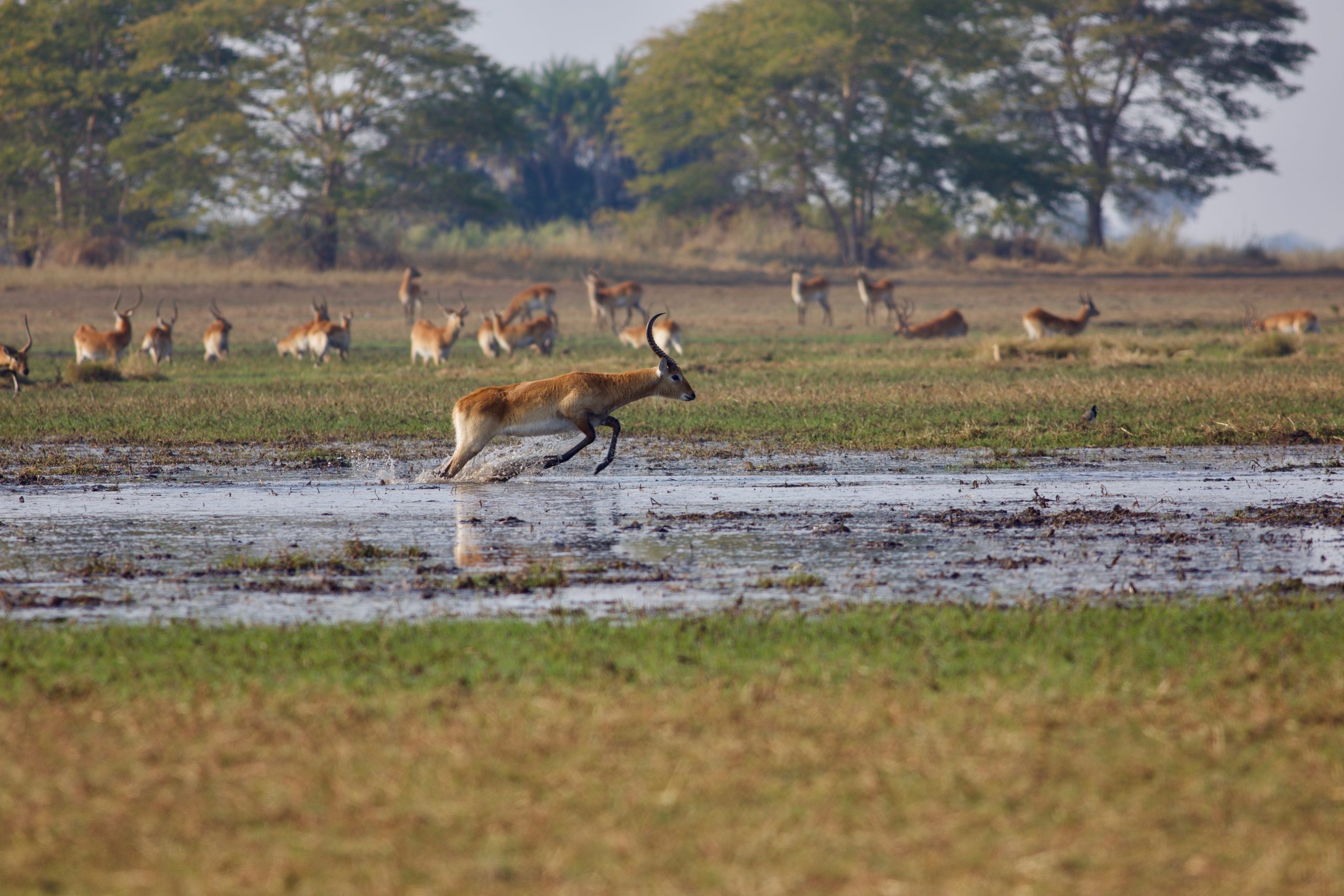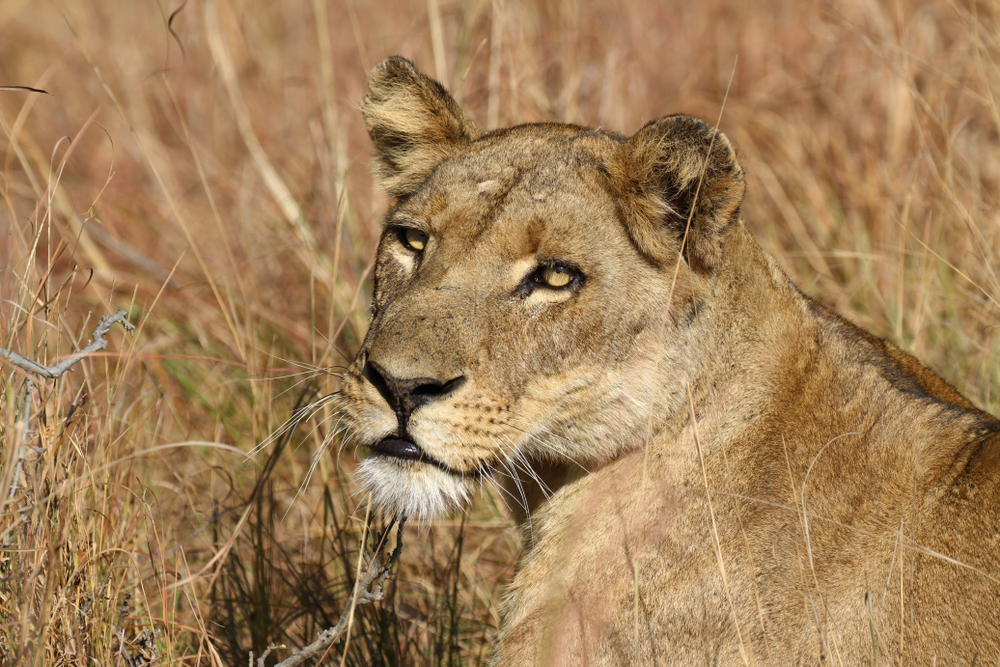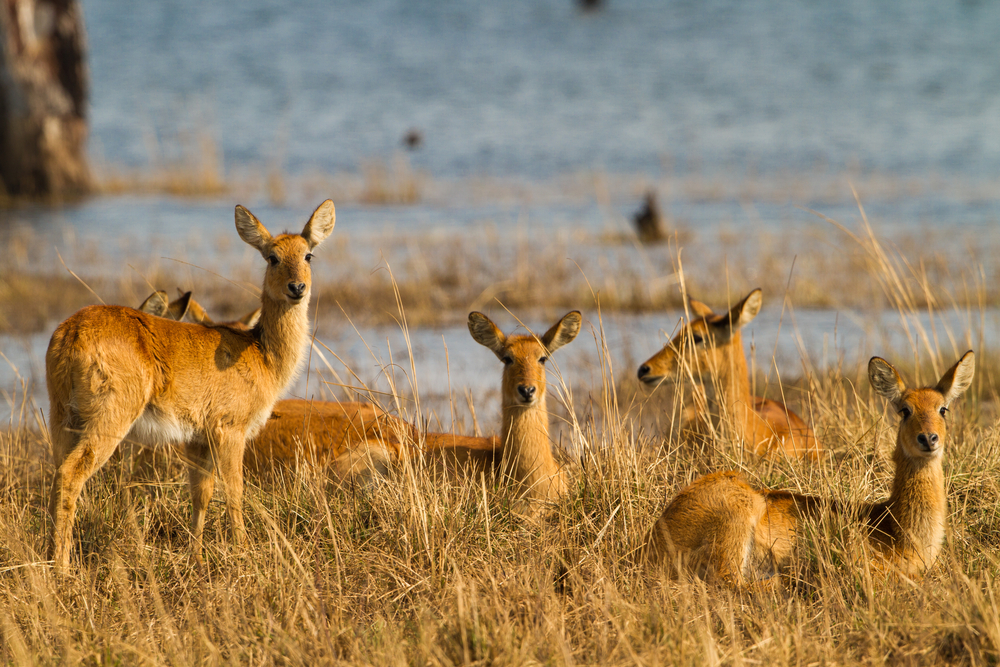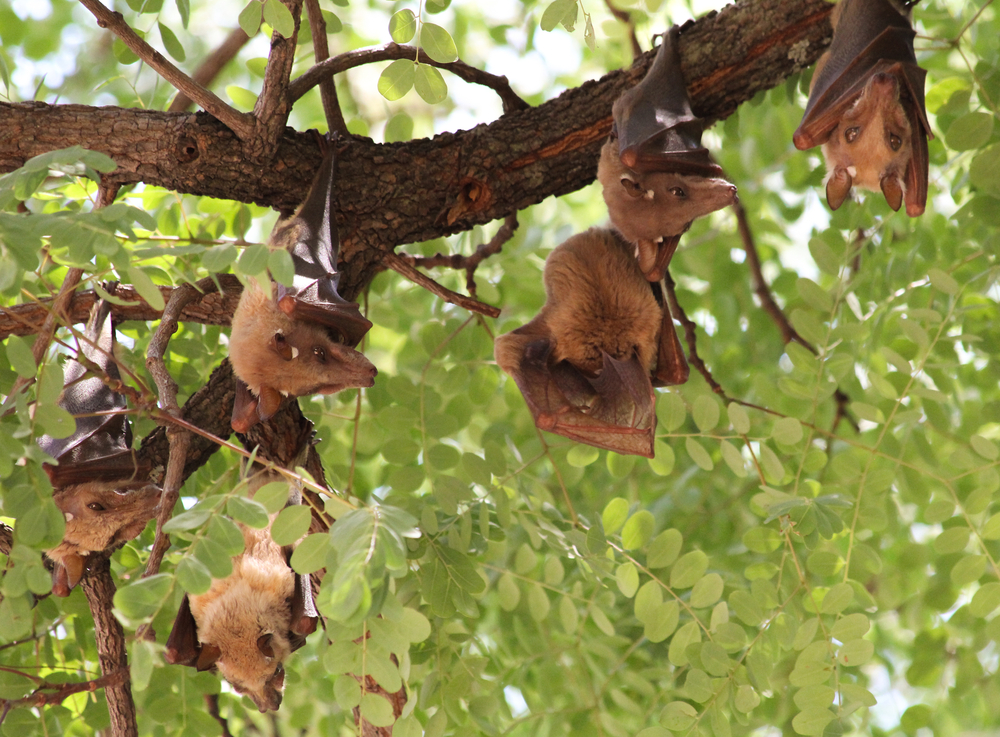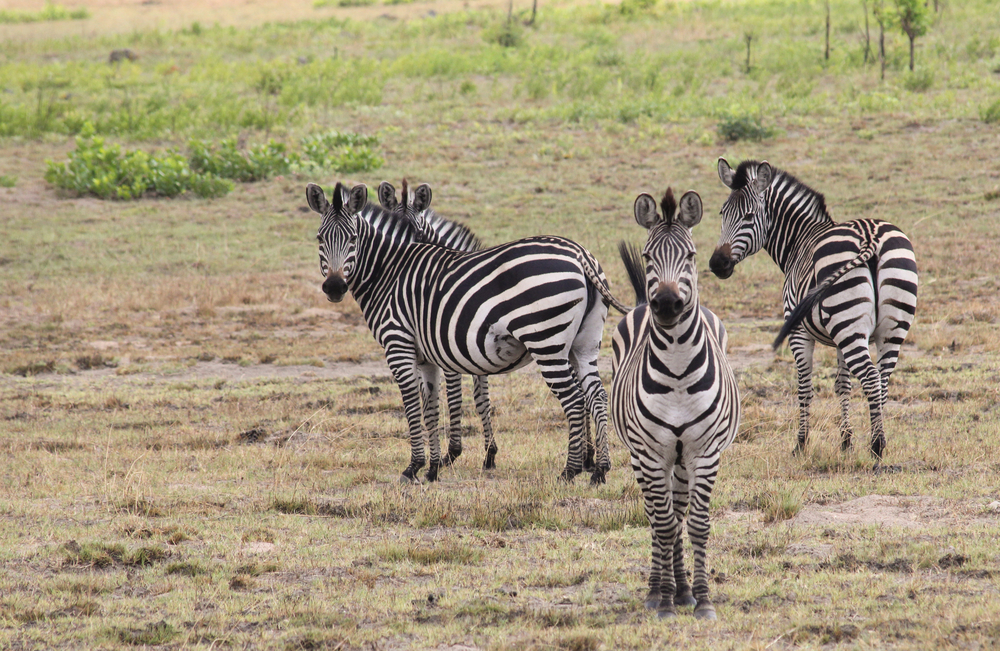Popular
Kafue National Park boasts a diverse array of wildlife beyond its predators, offering visitors the chance to encounter iconic species in their natural habitat.
Elephant: Towering giants of the savanna, elephants traverse Kafue’s landscapes, displaying their intelligence and social behavior while shaping the ecosystem.
Giraffe: Graceful and distinctive, giraffes roam Kafue’s plains, browsing on acacia trees with their long necks and serving as iconic symbols of African wildlife.
Hippo: Found in Kafue’s rivers and waterways, hippos spend their days submerged to keep cool, emerging at night to graze on land, showcasing their dual aquatic and terrestrial lifestyle.
Zebra: With their striking black-and-white stripes, zebras form herds in Kafue, utilizing safety in numbers to detect predators and graze on grasses across the plains.
Buffalo: Massive and formidable, Cape buffalo roam Kafue’s grasslands in large herds, providing a challenge for predators and contributing to the park’s ecological balance.
Wildebeest: Known for their annual migrations, wildebeests traverse Kafue’s plains in search of greener pastures, forming impressive spectacles as they move in unison.
Kudu: With their spiral horns and striking coats, kudus are a common sight in Kafue, using their keen senses to detect predators and navigate the bushland.
Hippo: Found in Kafue’s rivers and waterways, hippos spend their days submerged to keep cool, emerging at night to graze on land, showcasing their dual aquatic and terrestrial lifestyle.
Warthog: Recognizable by their warty faces and distinctive tusks, warthogs forage in Kafue’s grasslands, using their burrows as shelter from predators and the heat.
Roan Antelope: Impressive in size and stature, roan antelopes roam Kafue’s plains, utilizing their speed and agility to evade predators while browsing on grasses and shrubs.








































































